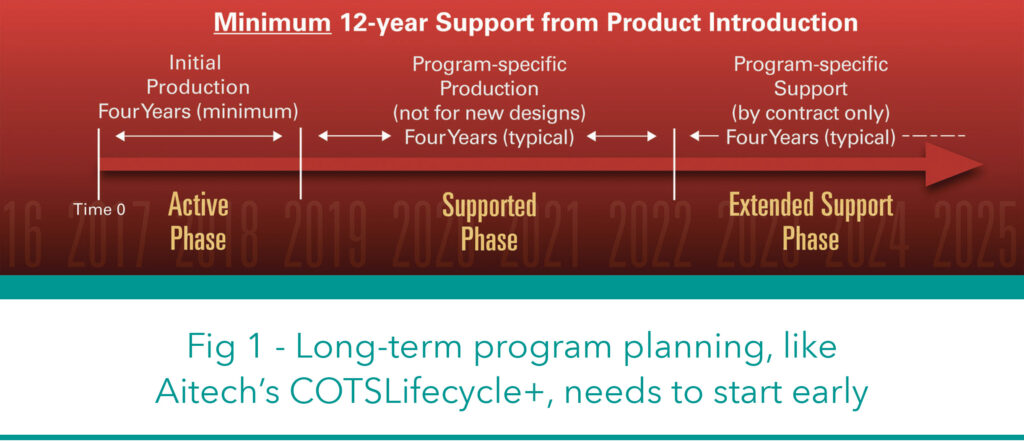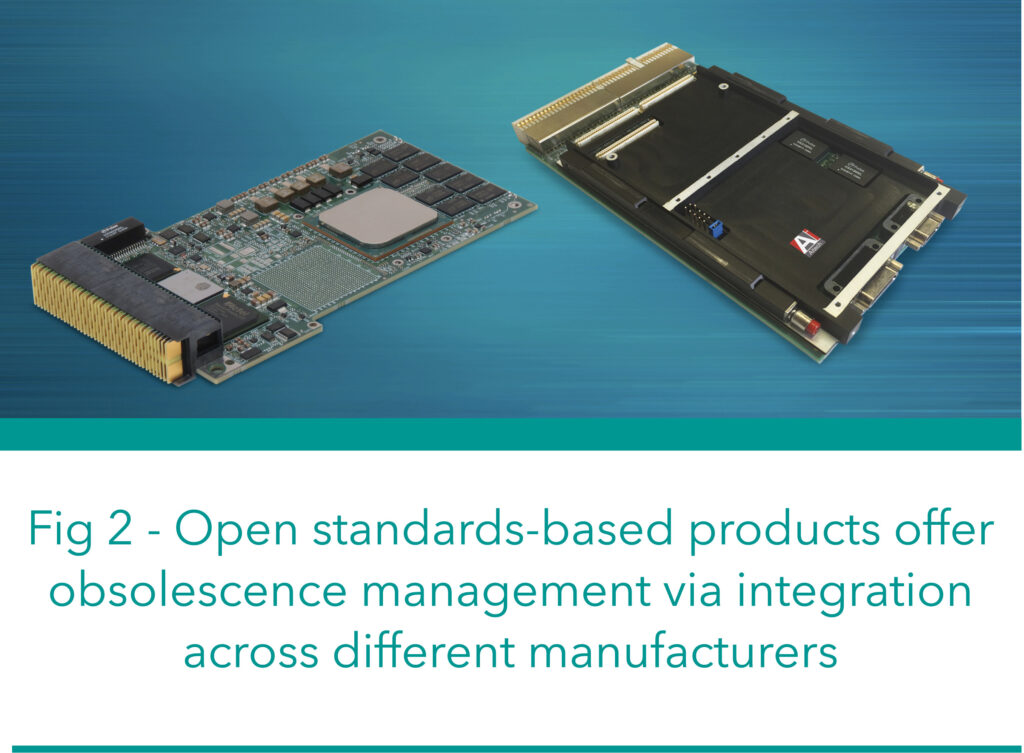Aitech USA’s general manager, Pratish Shah, explains how military COTS products increased the likelihood of supply continuity and reliability.
In military, defense and aerospace industries, where programs can take years and millions of dollars to develop, test and qualify, obsolescence is a valid concern. Embedded systems aren’t like the latest cell phones, easily discarded when the next upgrade comes along. They comprise rugged products that take time and money to create and effort to qualify for use in a military program. The components must be available for years, even decades, as programs move from low-rate initial production (LRIP) to full production cycles.
The lifecycle of COTS products needs to be managed according to a well-defined and forward-looking program. At Aitech, for example, the COTSLifecycle+ program is divided into three distinct program phases: Active, Supported and Extended Support, each providing product availability for at least four years. The combined lifecycle ensures a minimum COTS product lifetime of 12-years from product introduction.
Employing total program and lifecycle support services ensures that products designed-in today will meet the functional, environmental and operating requirements of specifications tomorrow (Fig 1).
Electronics systems have always consisted of both active and passive components. In time, these components are replaced by the next generation of more technically advanced components, resulting in the obsolescence of the earlier devices. This is a natural progression, but by implementing a structured approach that plans for the future and looks towards the next electronics evolution, you can effectively guard against and properly plan for obsolescence on your terms.
More than ever before, common hardware standards are providing military and defense organizations with streamlined system development and communication, further helping to reduce obsolescence. Technology shifts are happening at an unprecedented pace and embedded systems and components critical to modern warfare need to keep up with these advancements.
In the past few months, we have witnessed a rapid change in the global
component market. Component lead times are rapidly increasing, due to the global macroeconomic situation. This impacts the lead time for all types of products that use these components. Widely used COTS components, though, are less likely to be affected, due to the wide use of those commonly used components. By choosing military COTS products, you leverage economies of scale and benefit from an increased likelihood in continuity and reliability of supplies.
Development of open standards ensure that we are building to a common platform that will deliver practical applications like communications, C5ISR, SINGINT, EW and more, used on air, ground and sea platforms. Companies like Aitech have been working with open standards for several decades to support the common mission of developing products that help the military build equipment, while managing obsolescence. The communities established within open standards organizations, like PICMG, VITA and SOSA (The Open Group Sensor Open Systems Architecture), all work towards the common goal of lengthening the operational life of a system, while incorporating innovative technology upgrades (Fig 2).
No matter how one looks at it, component obsolescence typically means added costs—in many instances unplanned and unbudgeted—that translate into program delays and cost overruns. The burden to ensure longevity of these highly integrated, rugged embedded systems is shared across the supply chain and relies on collaboration across the partner network: from the actual parts availability through to design resources and upgrades.
The need for warfighters to access the most advanced technology built to the highest standards and reliability is not ever going to change. While system designers may not be able to eliminate all the factors affecting obsolescence, being cognizant of them will optimize time to market, while managing costs.


